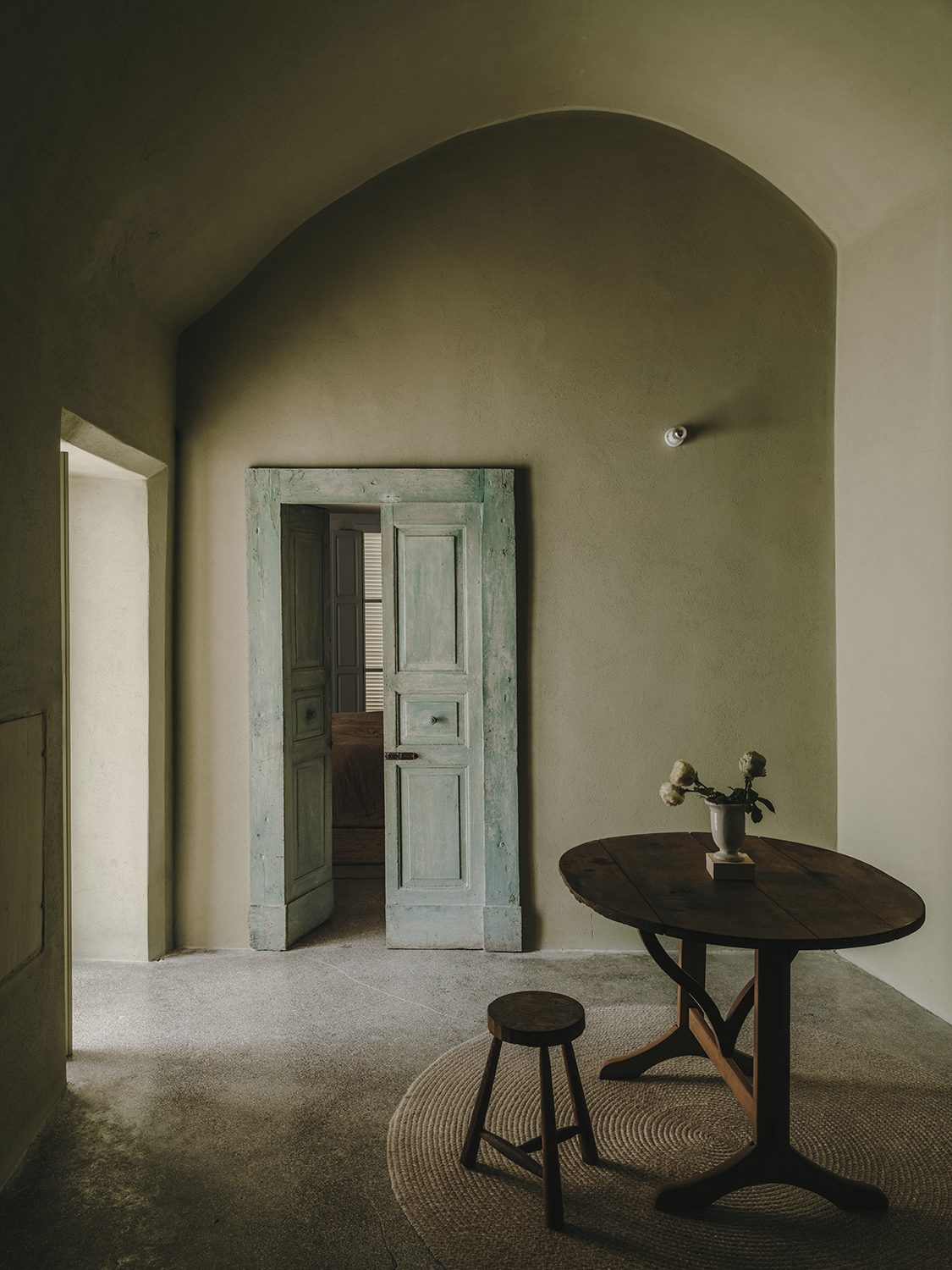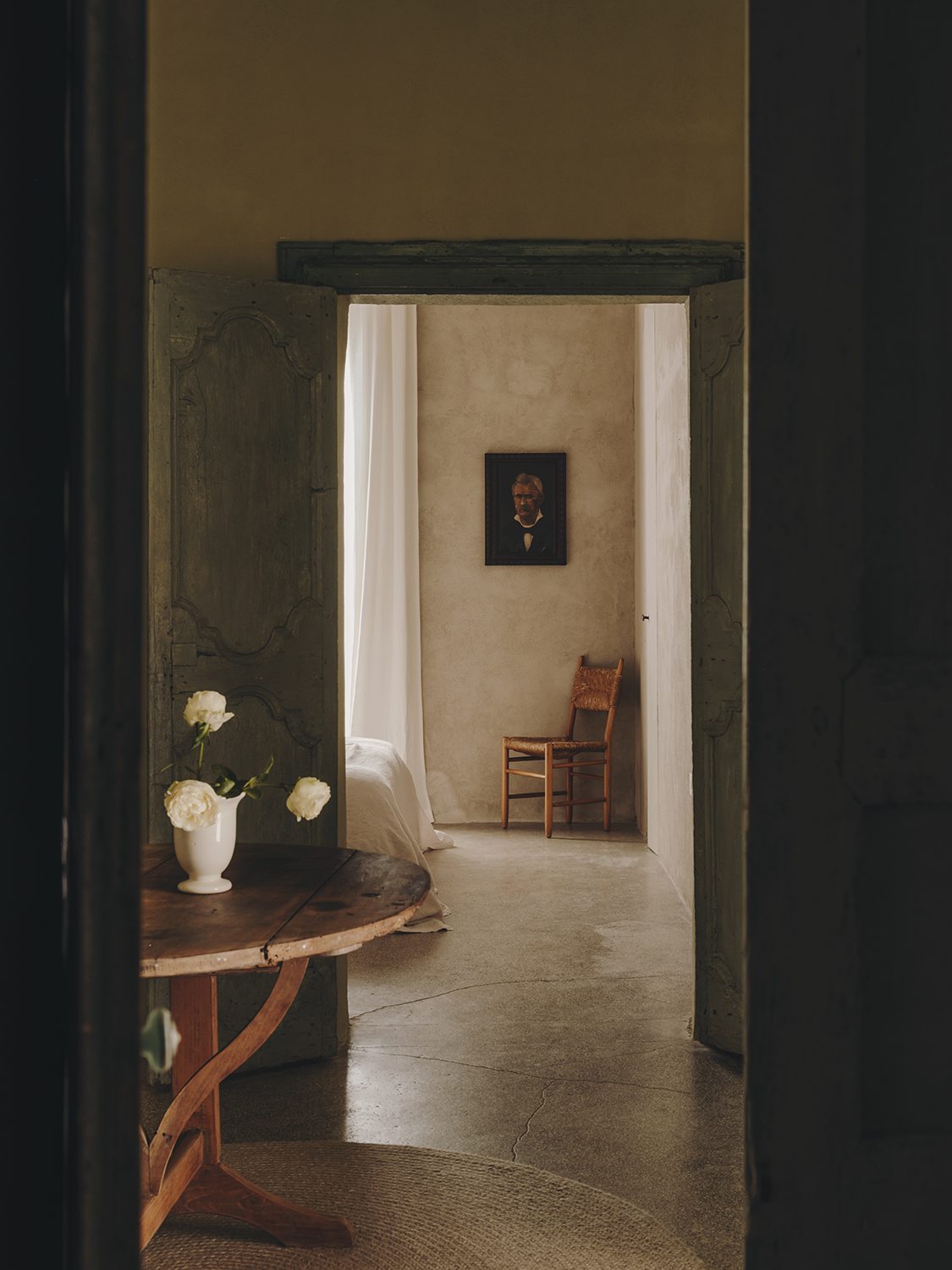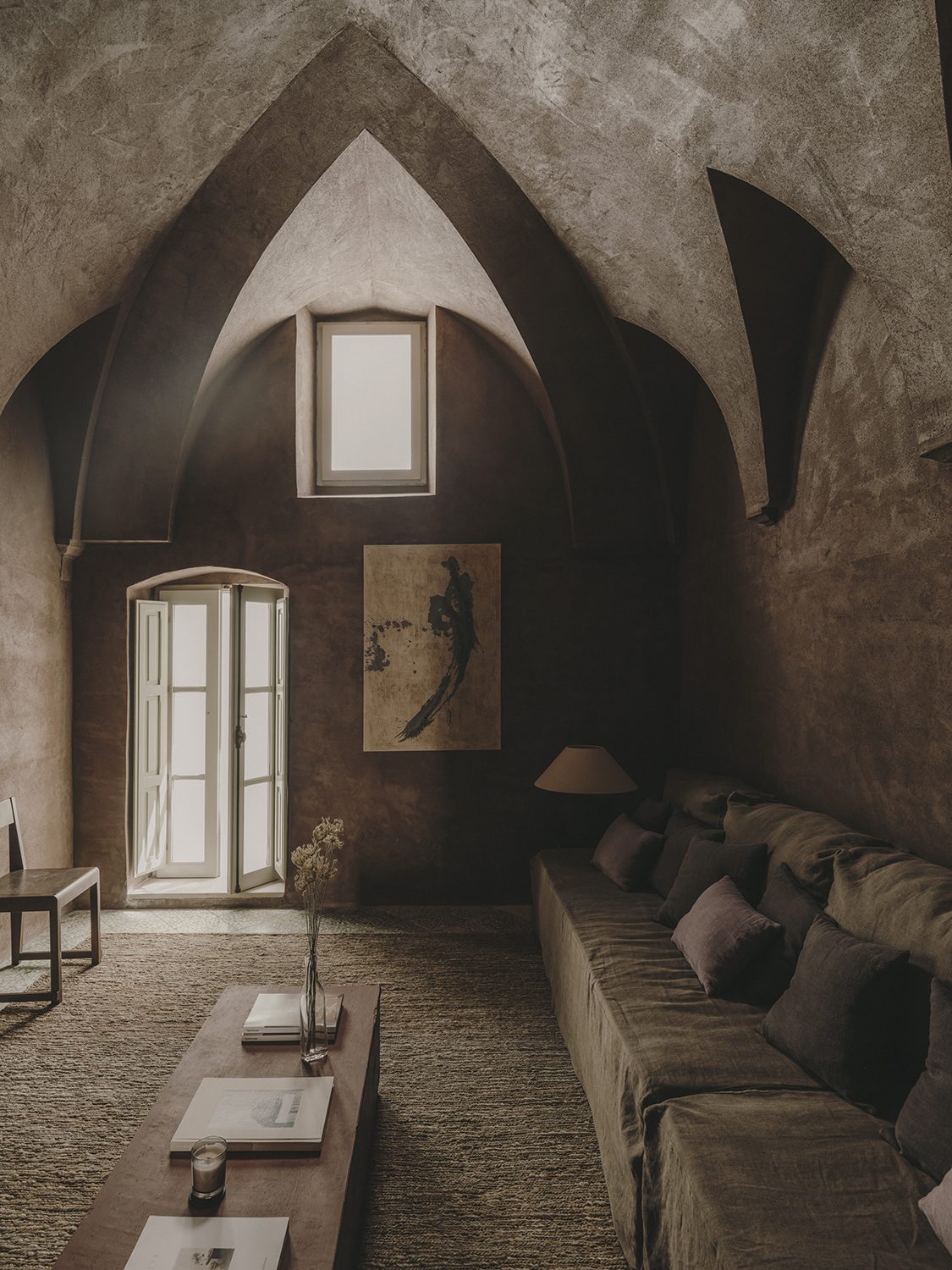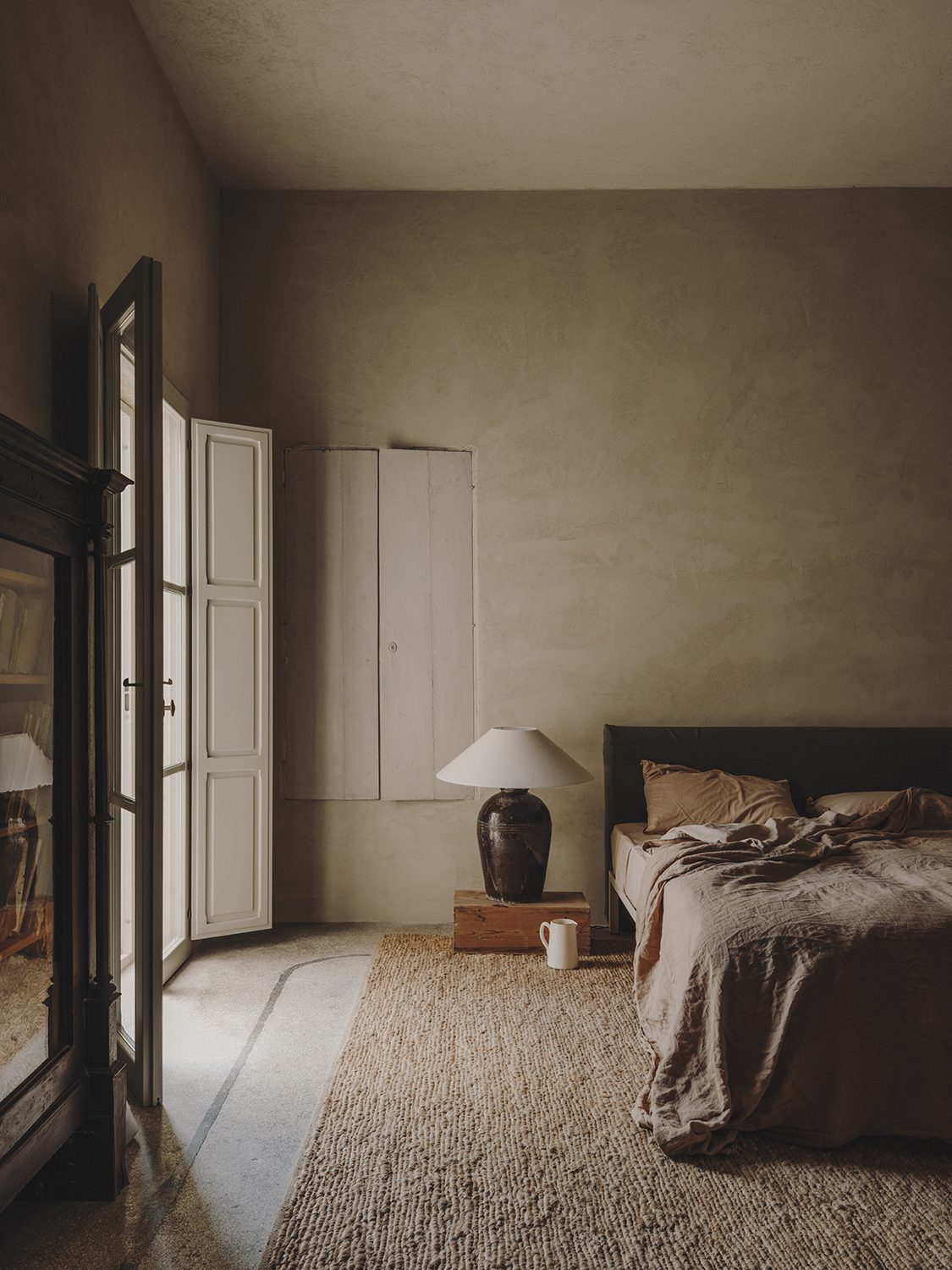I have always thought that a house is more than just a structure. The identity of a place transcends time. It is defined by the objects composing it and the people to whom these objects belong. It is a reflection of those who inhabit it or transformed it. Historical houses have something special by the many lives imprinted on them over the years, recognising a space and making it shine again, requires individuals with a truly distinct perception.
While looking at houses online, one of his favorite pastimes, Andrew Trotter stumbled upon a gem located in the region of Salento, Puglia. “It was charming. The façade had all the baroque details of a small palazzo and inside it felt like time stood still”.


Being over 400 years old, the house hadn’t been lived in for over two decades, so more than an investment, it became a personal challenge for its new owners and the journey began regardless of the obstacles ahead. Taking into account that Andrew is co-founder and editor of Openhouse, I was aware that he, together with Marcelo Martínez, were renovating a house in Puglia, but when I saw the result of the project I had seen them working on for the past two years, it really captivated my soul in every way.
The path to transform the old frame into Casa Soleto was far from straightforward as they faced the twists and turns of the house’s natural state. When Andrew showed me photos of their firsts visits, I perceived how impressive is the achieved balance between preserving the original historical structure while infusing modern features. This was a challenge accomplished, arguably the most significant of all the process for them.



Just as this residence has grown over the years, so have Andrew and Marcelo throughout this process. Going back to the initial statement, a house is a shelter embodied by the people who shape it. This is the case of Casa Soleto, which stands as a pure reflection of them both as designers and individuals.




